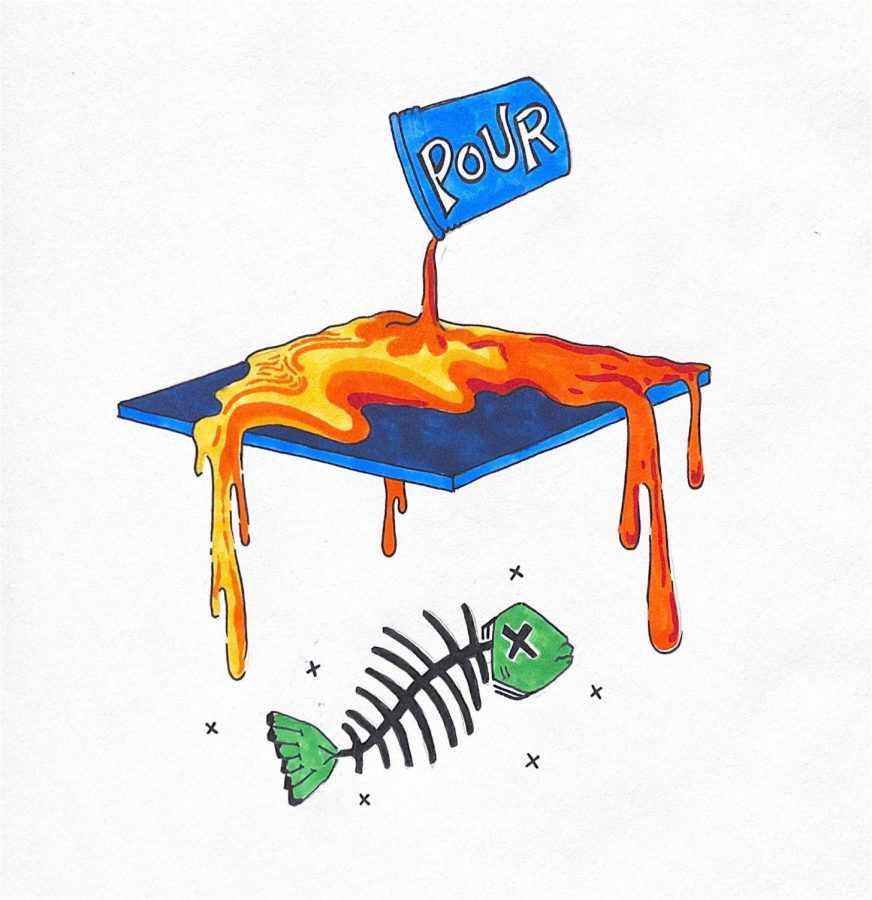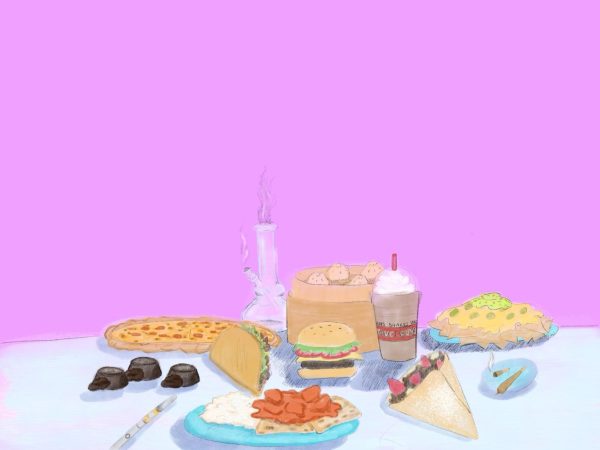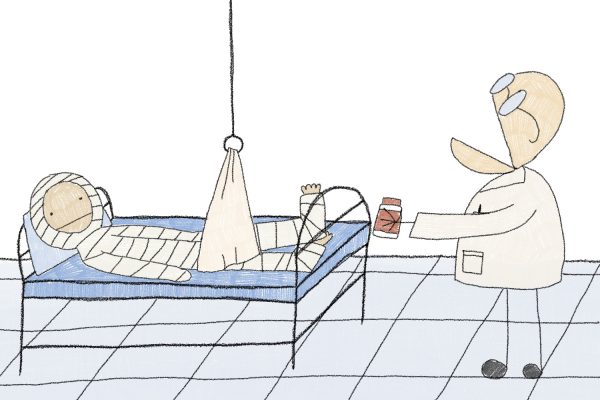There are better alternatives to resin art
April 7, 2021
Trends on the internet are great for creative ideas anyone can accomplish no matter their art skill.
Yet there is a massive problem with a recent trend, resin art, that not a lot of people are talking enough about.
There is no difference between artist resin and other fossil fuels; the production and glorification contributes to the burning and production of fossil fuels.
Resin art is the glittery substance seen on TikTok, Facebook and Instagram that is commonly used to make small sculptures like trays and cups.
Epoxy resin is made from petroleum, according to the encyclopedia Britannica, a word most are familiar with from oil and gas.
It is essentially liquid plastic, and it is molded by the artists into their desired design and then set to dry.
Most UVM students are familiar with climate change, so students should already know that the burning and production of fossil fuels contributes to climate change.
While an individual using resin in their free time will never have as much impact on the environment as oil companies, the art still impacts the environment.
Resin is essentially plastic, and in time when creations fail or aren’t used anymore, most resin art is going to end up in a landfill taking years to breakdown
Creating plastic for art is not a good idea; our planet already has a waste problem.
Plastic cannot breakdown naturally in an environment.
Landfills are filling up too; Vermont being an example with only one active landfill in the state according to CSWD. With this in mind the plastic problem gets bigger.
People should not be making art that is just going to take up as trash.
Let’s face it, the sparkly ash tray you made for your friend Jessica is not going to be a family heirloom that gets passed down. It will eventually end up at Goodwill or in the trash.
Plastic is hard to get rid of, and I am not advocating for everyone to go zero waste (although that would be amazing).
I am simply asking that we do not create plastic for the fun of it when we know the impact on the environment.
Water pollution also occurs from resin. Inexperienced artists who are making resin art may not realize that pouring it down the drain will pollute the water system.
Cheap resin will eventually leach chemicals if placed in water, according to the Encyclopedia Britannica.
The polymer bonds in cheaper resin are not water resistant.
There are other ways to make art that is environmentally friendly. An example being watercolor from coffee, or crushing up leaves from your backyard and turning it into pigment.
Alternatives to resin art could be pottery, a practice that gives the same results as resin art but in a much more environmentally friendly way.
With other options available, there is no need to create plastic.
So, stop making resin art. The environment will thank you for it.

















![Can’t buy me [self] love](https://vtcynic.com/wp-content/uploads/2024/04/self-care-FINAL-600x398.jpg)
